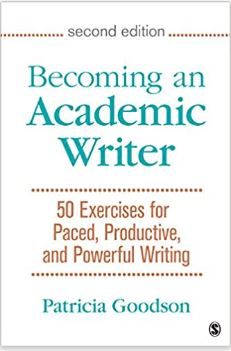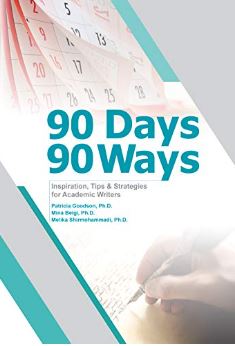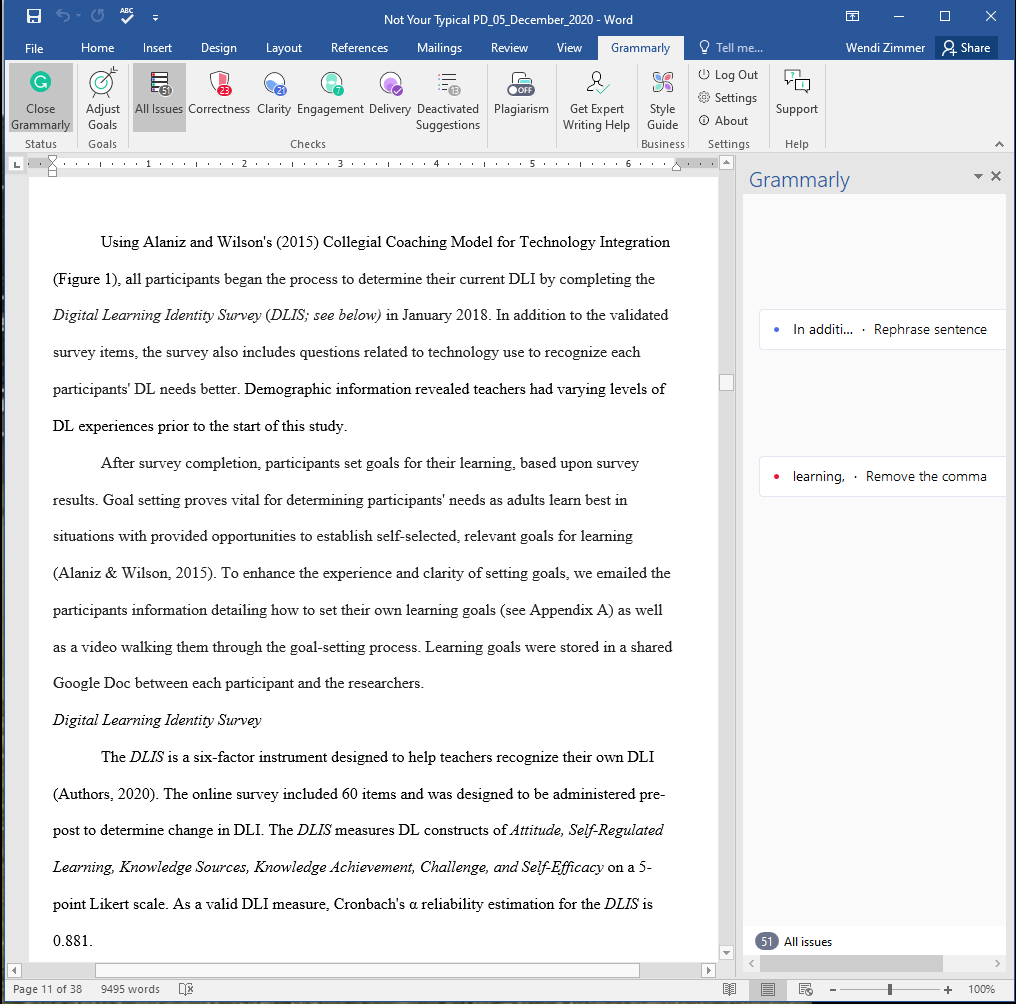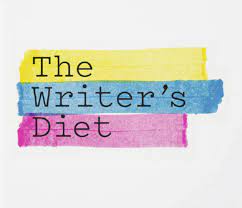
How is your writing going? Are you writing most days and getting words on paper? Fantastic job! Having words on paper is a great start. Once you get into the habit of daily writing, you can start working on structuring those words. Once you understand the structure, you can order those words as you write them.
Bit #15 – Structure Your Writing

The structure of an introduction often follows this format…
- Describe a situation.
- Describe a problem or question that arises from the situation.
- Describe how others have responded to the problem or question.
- Explain a need to approach the problem or question differently or expand on what has already been done (niche).
- Describe your action in response.
Introductions are not the only part of a manuscript with structure; the other sections also follow a structure. While different journals have various requirements (you should always check the journal’s website for specifics), basic structure elements exist.
The amazing Pat Goodson, the author of Becoming an Academic Writer and 90 Days 90 Ways (click images to learn more), created a template (see link below) to help us think about structure as we get our words down on paper. When you begin writing, start with a basic structure of headings and subheadings, then you can put your words down where they most likely fit.


You will always need to add, modify, reorganize, etc., but starting with a structure adds logic to your writing.
Article Template:

















